Na Špičáku Cave - surroundings
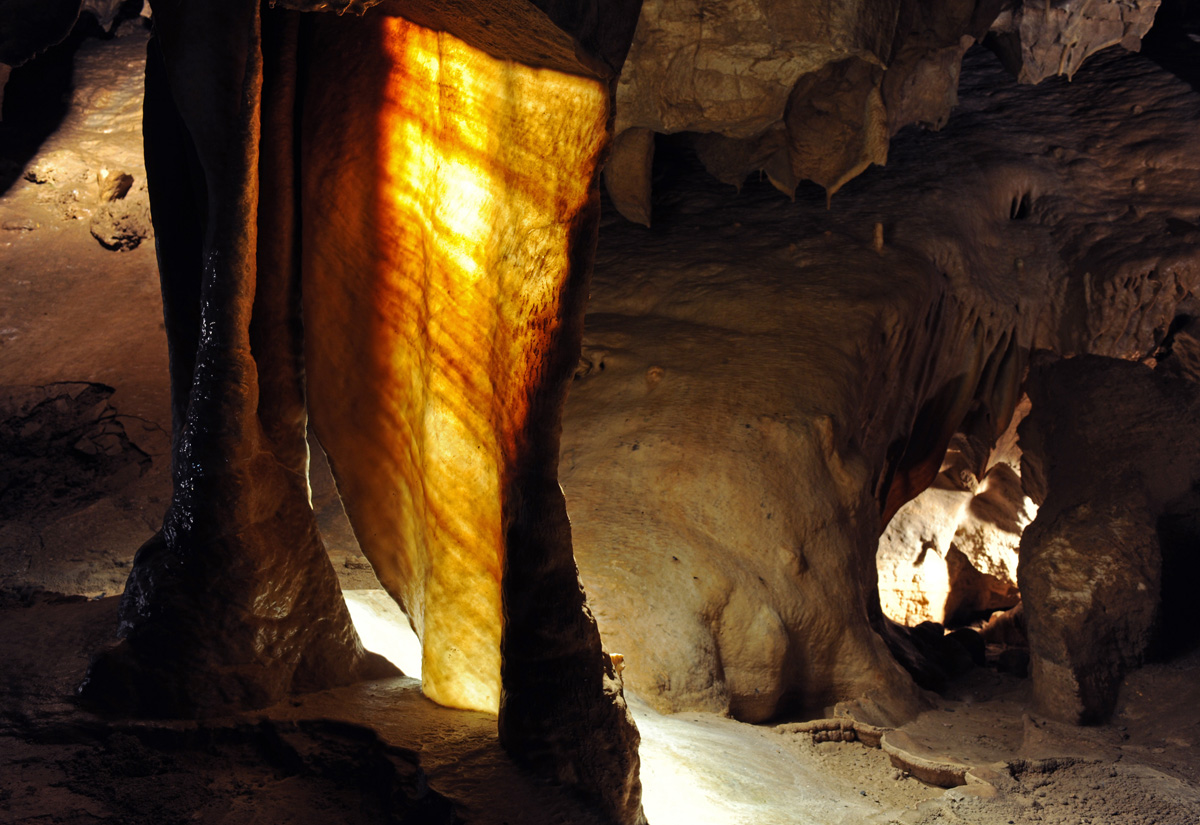
Na Pomezí Caves
Na Pomezí Caves are situated 10 km to the south-west of Na Špičáku Cave.
Supíkovice
Zlaté hory
In the Baroque building of the museum, you will find an exposition of history of Zlaté Hory and mining, collections of minerals and ores and an example of a traditional 19th century room. In the cellar of the building you can see curiosities related to witch trials.
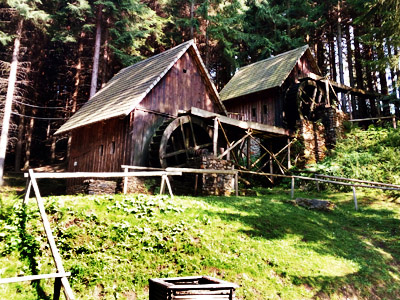
Zlaté hory – information center
Gold digger open-air museum
Replicas of medieval mining mills with a nature trail. You will be shown the crushing of gold ore in two log cabins, and with a little luck you can take a piece of gold home.
Both wooden machines, made according to period drawings, are driven by water wheels, which draw energy from the original canal.
Poutní kostel P. Marie Pomocné (Maria Hilf)
Poutní místo Panny Marie Pomocné Maria Hilf
Jeseník
Mountain town
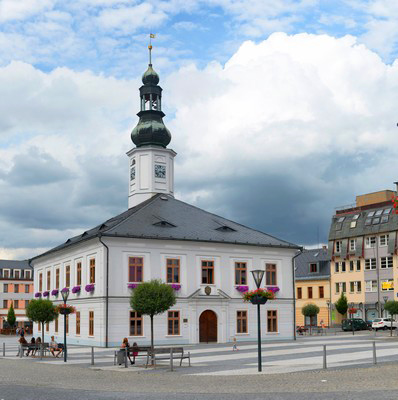
Vodní tvrz Jeseník
Water fortress in Jeseník, the oldest preserved building in the town, houses the Museum of History and Geography of the Region of Jeseníky. The museum has expositions in the fields of history, geology and biology, open to the public; occasional exhibitions may also be visited.
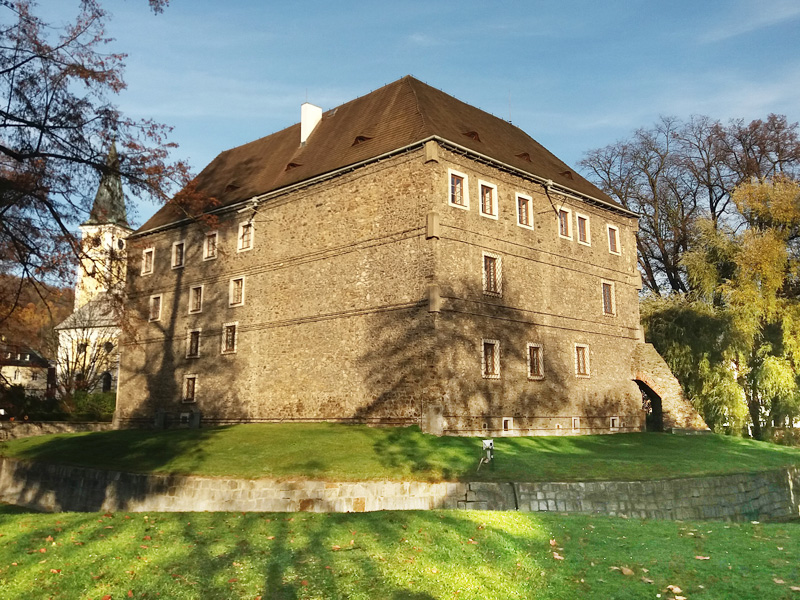
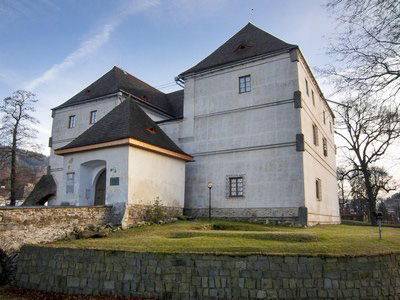
Lázně Jeseník
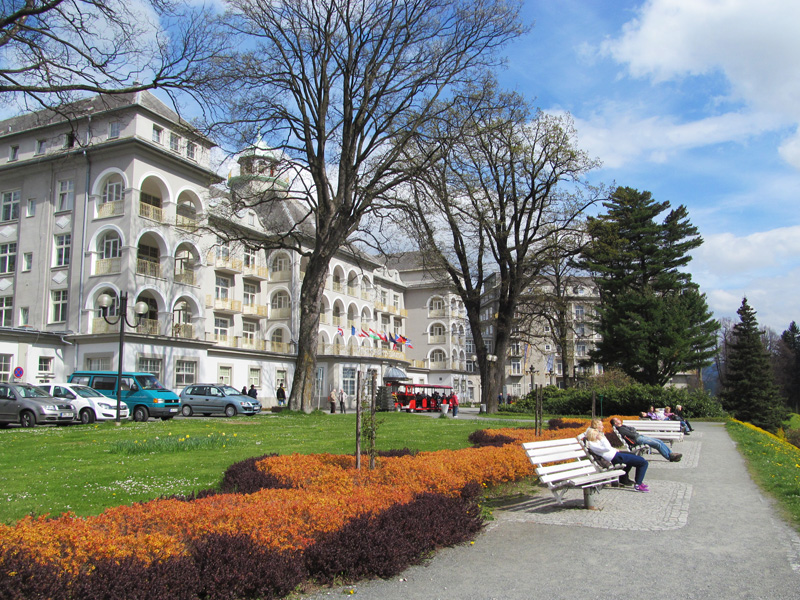
The museum is located in the native house of Vincenz Priessnitz, founder of the Jeseník Spa. You will find there a permanent exposition about the founder of the spa and the development of balneology in the Jeseník Region.
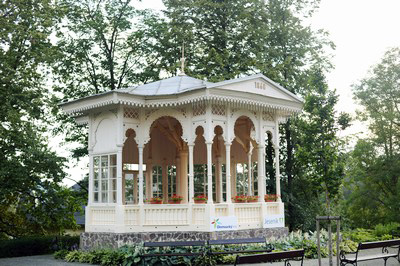
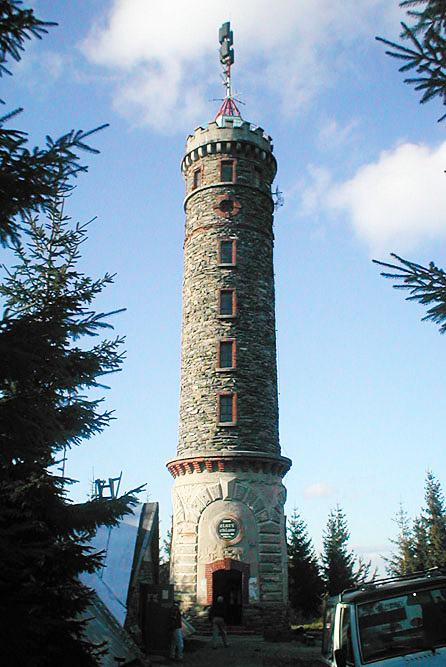
Lookout tower Zlatý Chlum
Stone lookout tower was built by the German mountain association above the town of Jeseník. It is 26 m highand it has 145 steps. It was opened on September 3, 1899.
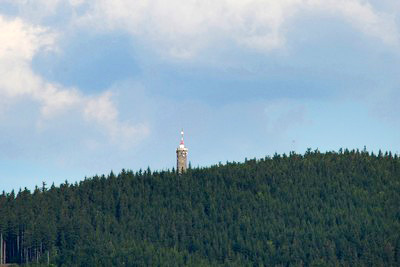
Lipová-lázně
This is a modern climatic treatment spa with a long tradition, designed for a healthy lifestyle.
The museum dedicated to Johann Schroth, the founder of the spa in Dolní Lipová, is located in reconstructed House in the town of Lipová-lázně. Museum exhibits present the history of the spa in the town and pre-war and post-war development.
Silesian Semmering (Slezský Semmering)
The mountain railway in the Jeseníky mountains offers breathtaking views of the mountains. The railway winds its way through several valleys, which the trains cross via huge viaducts. The highest point along the route is the express train station Ramzová.
Brannná
Mountain village on river Branná was first mentioned in 13th century. You can see there the rests of former Kolštejn Castle. The chateau from the year 1787 burned up in the beginning of 20th century and was only temporarily rebuilt.
Vápenná
Žulová
A museum of the history of stonemasonry in the Žulová region where you can see tools and equipment such as a model saw for cutting quarried stone and products made from local rocks (granite and marble) – troughs, crosses and tombstones. In the mineralogical section, you will find minerals classified according to the Strunz system, from elements to silicates, and unique mineralogical specimens from all over the world.
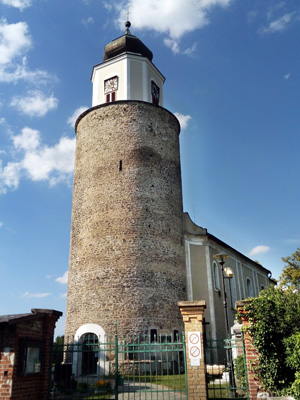
Jánský Vrch Castle
The chateau from the second half of the 13th century used to form part of the episcopate of Vratislav. From the very beginning of its existence it has been a centre for cultural and social events in the region. It is known due to its interesting collection of smoking pipes.
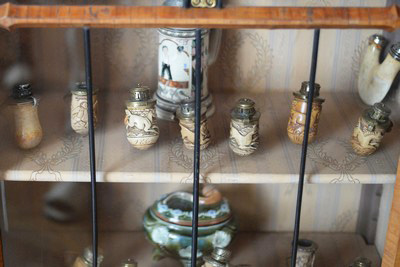
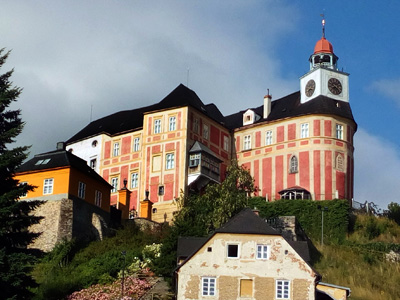
Slezské Rudoltice Château
Château was built by the Fulkstejn family between the years 1548-65, has been referred to as "The Silesian Versailles" since the Baroque reconstruction in the 18th century.